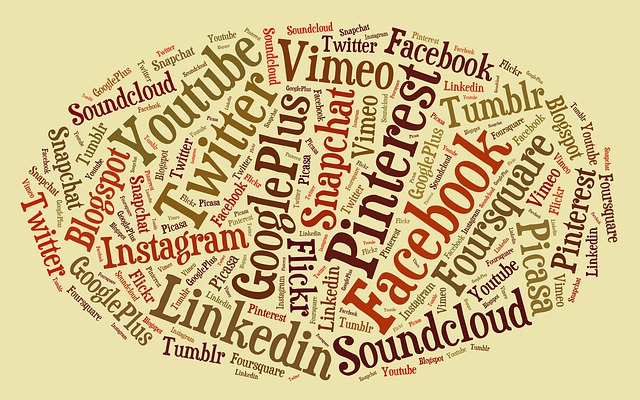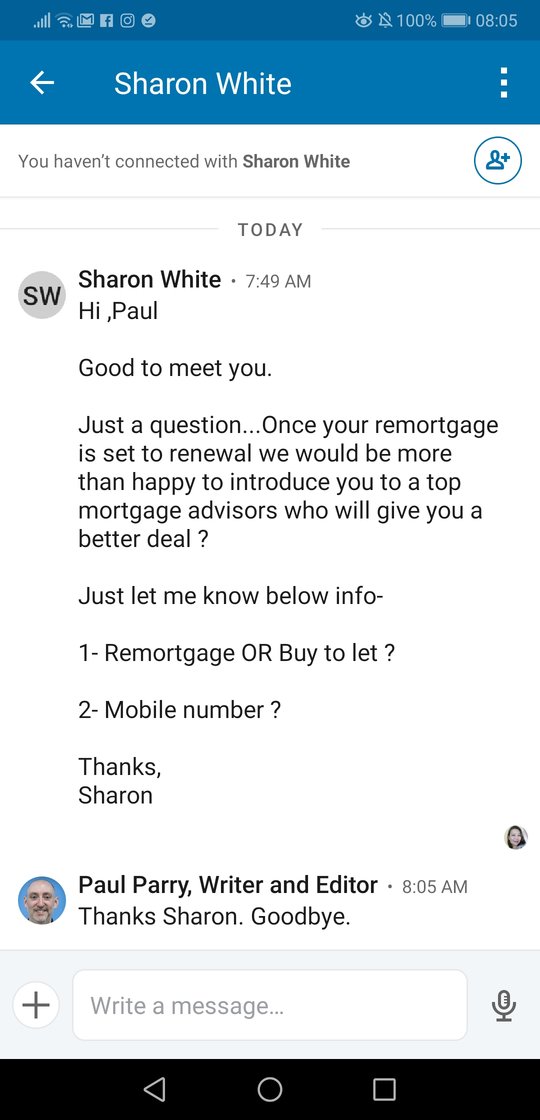The week’s posts on a single page (most recent at the top):
Babies
“Kill your babies.”
As analogies go, this one’s fairly unpleasant.
It means don’t be scared of killing off or moving away from an idea or project that’s close to your heart. If it’s not right, not working or not for you, move on. It’ll be painful, of course it will. But it’s for the best. And you know it, deep down.
It’s the same thing as sunk costs: doesn’t matter if you’ve invested a load of money on something. If it’s not working out for you, why continue with it simply because of what you’ve already spent on it?
If it’s not right, not working or not for you, move on.
All or Nothing
One comma matters:
I’d published the post, shared it on Twitter and added it to both the draft of the weekly that’ll go out on Thursday and the single page that contains all the week’s posts.
But there was a problem: a comma was missing.
So I edited and republished the post, deleted the tweet and shared the post again, this time with the correct punctuation, and corrected the single-page (the email draft contained only a title, link and summary of the post).
Why? It’s only a comma, after all.
Because I’m an editor by profession and people pay me to spot and correct these things, so it doesn’t look good if I miss (or, worse, notice but ignore) such errors in my own copy.
Everything we do that the public sees is marketing.
Cloudbusting
What is a tag cloud? Very similar to a word cloud.
What’s a word cloud?
One of these:

Word or tag clouds typically use colour, bold text and a larger font size to represent greater prominence or frequency of the tags or words depicted.
Hallelujah
There’s a new page on the website. It’s part of a basic funnel I’ve set up:
- The aim is to get traffic via a new Instagram page, @the_insta_book_club, where I’ll be sharing the new book
- If people are interested in what I have to say, hopefully they’ll click the link in the bio: theinstabook.club
- That domain forwards to the new page (paulparry.com/the_insta_book_club)
- That page is a squeeze page, where I encourage visitors to sign up to my list to get a free copy of the book when it’s done
- Then we’re on our way. I don’t know whether it’ll work or not, but the more people who know about the book, the more kids have a chance of learning something helpful about the internet.
If you care about children’s education and are interested in the future, please share the new insta page with someone you know. Thank you loads.
Fish & Chips
I wrote an article a few years ago which I published on LinkedIn called Be more cod: your success as a freelancer depends on these essentials.
It was based on a Billingsgate trader’s assessment of the pollock and the cod.
“Lovely piece of fish,” he said of the pollock he held up for the camera. “Lovely bright colours and that sort of thing. Tastes like shit.”
He picked up a cod and held it with one hand by its mouth, its tail pointing up to the market’s ceiling.
“This is a fish,” he said proudly, as if he’d raised it himself. “Its strength is still there. That’s the muscle tone in the fish. It’s been swimming in the North Atlantic, feeding on the right products since the day it was born.
“If that cod’s a human being, it goes to the gym every day, it eats all the right food, it probably drives a Porsche.
“The pollock’s sitting at home on the settee in a tracksuit watching Jeremy Kyle or eating a burger.”
Love Spreads
What makes things go viral? What makes content spread online rapidly and widely?
Actually, who am I to answer that, given that nothing of mine has ever gone viral? I’ve had one or two pieces that got shared quite a lot, but that’s not the same as going viral.
So I’m not going to try and pretend this is written from first-hand experience.
Instead, I’ll suggest a post by Derek Halpern, who I’ve followed for years, in which he talks about seven reasons why a piece of content might go viral. Derek does know. The link to the post is below these:
- People talk about (and share) things they remember
- People talk about (and share) things that matter
- People talk about (and share) things that deliver practical value
- People talk about (and share) things that project who they want to be to their friends
- People love to talk about (and share) controversial things
- People talk about (and share) things that other people talk about (and share)
- People talk about (and share) things that entertain them
Derek’s post is here (and here’s another from him on the same subject).
Bonfire
More fuel for the bonfire arrived this morning.
I’d been sent a connection request on LinkedIn a day or two ago, and I accepted as I usually do.
And then this spammy approach came in (so bad it makes me think it was produced by a bot):

Why’s it so bad?
- My bio tells the world that I’m a writer and editor, suggesting that I probably pay attention to things like writing and editing
- This is the person’s first contact with me and it’s all about them
- It’s impolite (has the person even asked if I’m interested in remortgaging? No)
- Am I seriously going to give out my mobile number when it’s asked for like this? No. But it is clearly displayed on my LinkedIn profile under Contact info. They only had to look
I removed the connection straight away. Thanks Sharon. Goodbye.
>>>Playlist<<<
[et_bloom_inline optin_id=optin_13]

